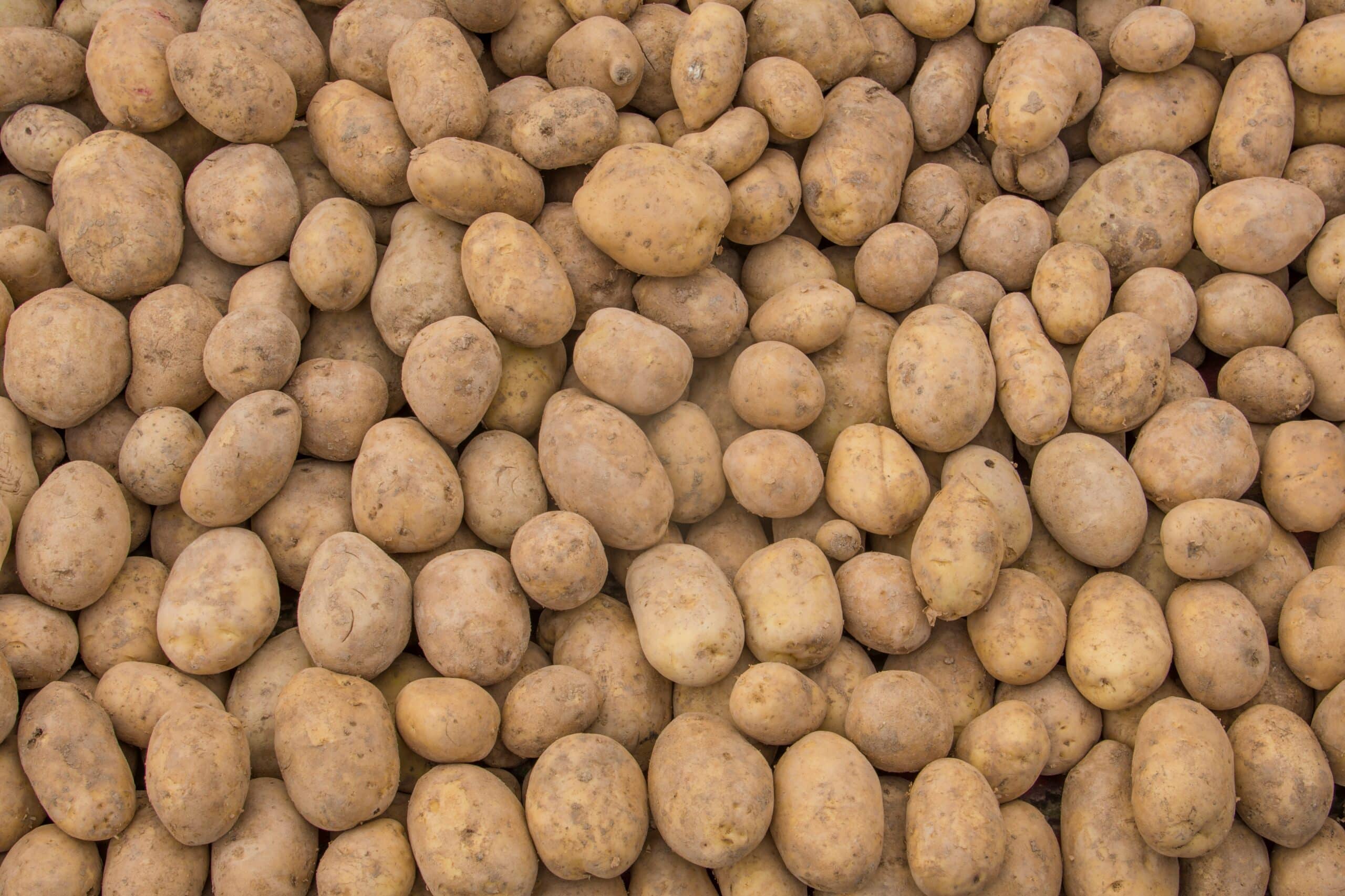Key Takeaways:
- Bryce Eger joins Vive Crop Protection to support strategic growth in the Canadian agriculture market
- Eger brings over 30 years of experience in agri-business, including leadership roles at Cargill, Corteva, and Pioneer Hi-Bred
- He will work alongside Vive’s Canadian Commercial Team to strengthen market development and innovation
- Eger previously served as Chair of the Board at Crop Life Canada
- The appointment aligns with Vive’s ongoing expansion and investment in Canadian agriculture
Vive Crop Protection Strengthens Canadian Team with Appointment of Bryce Eger
Vive Crop Protection, a company focused on delivering precision chemistry and digital solutions for agriculture, has announced the appointment of Bryce Eger as Executive Advisor, Canada Commercial Development. The new role is designed to support Vive’s continued expansion in the Canadian market.
“We are excited to welcome Bryce Eger to Vive Crop Protection,” said Darren Anderson, Co-Founder and CEO. “His extensive expertise in driving growth at leading industry organizations, combined with his strategic leadership, will be critical as we scale and continue to deliver innovation across the Canadian agricultural landscape.”
Decades of Leadership in Agriculture
Eger’s career spans more than three decades in the agriculture sector. He began at Cargill, where he held several senior positions over 13 years. He then joined Pioneer Hi-Bred International, where he led as National Sales Director and later as Business Director – Seed Operations and President, Canada. Following the formation of Corteva Agriscience from the merger of Dow and DuPont, he served as President, Canada, and ultimately as Vice President, Global Seeds R&D.
Eger also served on the board of Crop Life Canada for eight years, including a term as Chair.
Expanding Vive Crop Protection’s Commercial Capacity in Canada
As Executive Advisor, Eger will work closely with Vive’s Canadian Commercial Team, bringing a strategic perspective on market development, team leadership, and customer engagement.
“Bryce will be an invaluable member of Vive’s Canadian Commercial Team,” said Dave Rummel, Chief Commercial Officer at Vive. “His experience and insight will be instrumental as we continue driving innovation and growth across the Canadian market.”



2 Comments